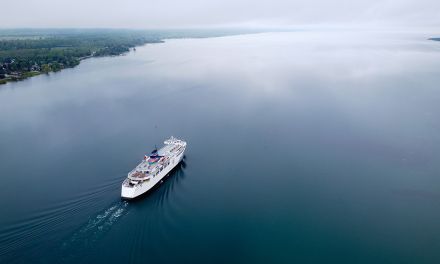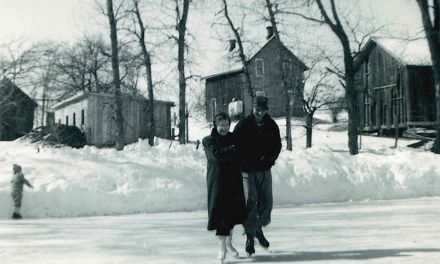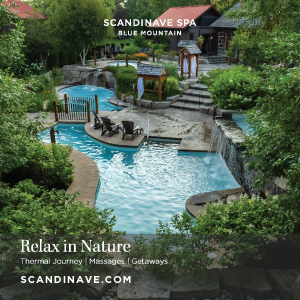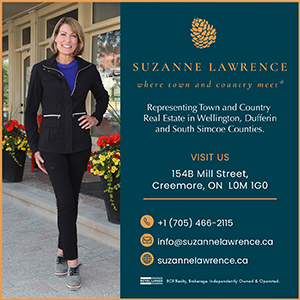A Warm Welcome
By Kate MacLennan, Photography courtesy of Indigenous Tourism Association of Canada and Mark Zelinski (markzelinski.com)
The allure of travel is, at its essence, the place where novelty meets curiosity. It’s about stepping away from what you’re used to in order to experience something new and different. Inherent in this, of course, is an element of risk. Will you enjoy it? Will it challenge how or what you think? Will there be ketchup for your fries? Wait, will there even be fries? With such questions packed away, we travel regardless, in search of unfamiliar sights, unusual tastes and smells, foreign customs and cultures, even languages that we can’t understand.
Consider now that you needn’t stray far for that kind of experience; that without leaving the Southern Georgian Bay region you can immerse yourself not only in new sights, tastes, cultures, and languages you are unlikely to recognize, but that even the land you thought you knew like the back of your hand could take on new dimensions. Indigenous tourism is an invitation to do this—to be a local tourist, right here at home.
Unsure? Grab a map that marks the cities, towns, and roads of Grey, Bruce, and Simcoe counties. Ignore the letters and numbers and definitely do not pay attention to county lines or even provincial or national borders. Focus on the rivers and waterfalls that flow in and out of Georgian Bay and Lake Huron, on the myriad lakes, and on the land, which stretches more fluidly in every direction without the congestion of a grid of meridians of longitude and parallels of latitude. There. You’ve probably not left your kitchen table and already you’ve been transported to a whole new place.
Aanii. Boozhoo. Yiheh. Ndio. Hello. Welcome. You have arrived on the traditional territory of the Anishinaabe and Wendat Nations.
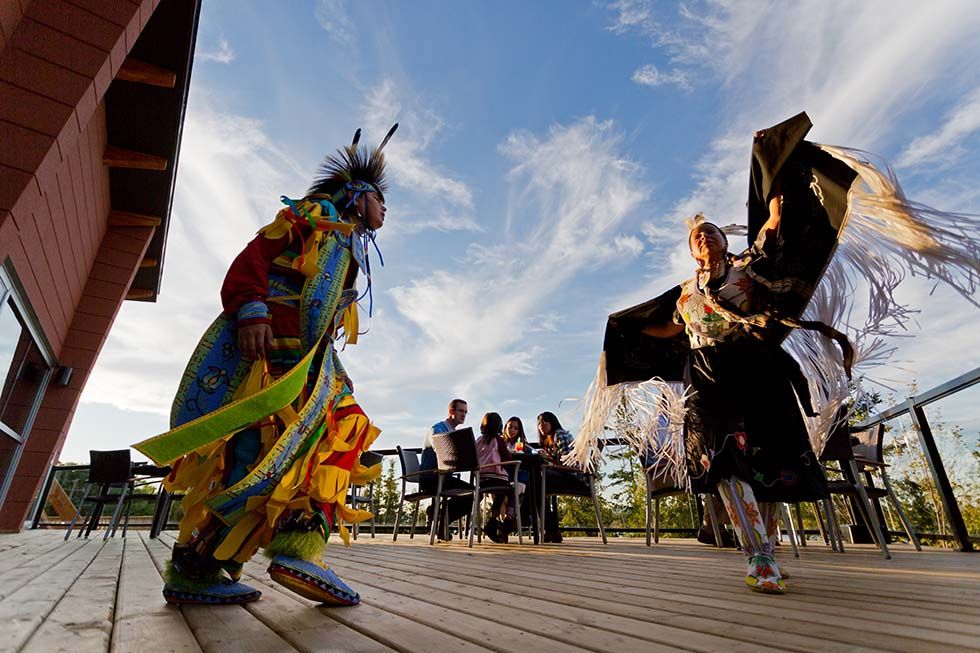
Flipping the script is key within the Indigenous tourism experience. Jason Johnston is Interpretive Program Coordinator at Cape Croker Park and sits on the executive board of Indigenous Tourism Association of Canada as Director for Ontario. He shares: “One of the mind-blowing bits in our program—and this is something we’ve done for years—is when you’re on the Bruce Trail we have our boundary markers the government put there that say ‘IR’ on them, which means Indian Reserve. When you cross this line, you are technically outside of Canada. We are our own nation there. It’s not meant to show people ‘here’s a line dividing us’ but to help people think about it. Indigenous tourism is a way for people to connect to their area in a way they never have before.”
In 2019 (the most recent numbers available) more than 2.5 million people visited the Bruce Peninsula for sunsets and beaches, dramatic rock and cliff formations, fresh produce, hiking, fishing, shipwrecks, music, culture and more. Today a sign greets those who arrive at Cape Croker. It says: You are now entering Neyaashiinigmiing, home of the Chippewas of Nawash.
“People come to see the bluffs and water and the trees, and you can go on these trails by yourself, but there’s so much more history there than you’d ever realize. There’s more to it,” says Johnston. “They find out there’s more to this forest—medicines, ceremonial and edible plants that have a part to play in our culture. It’s very sensory. We touch leaves and needles and figure out what things are. Taste is a big focus. We make cedar tea with maple syrup in to sweeten it up. And we go to certain spots and simply sit with it. Take it in. So, when you’re hearing our stories you’ve felt the wind, smelled the air, heard the birds. You’ve been there.”
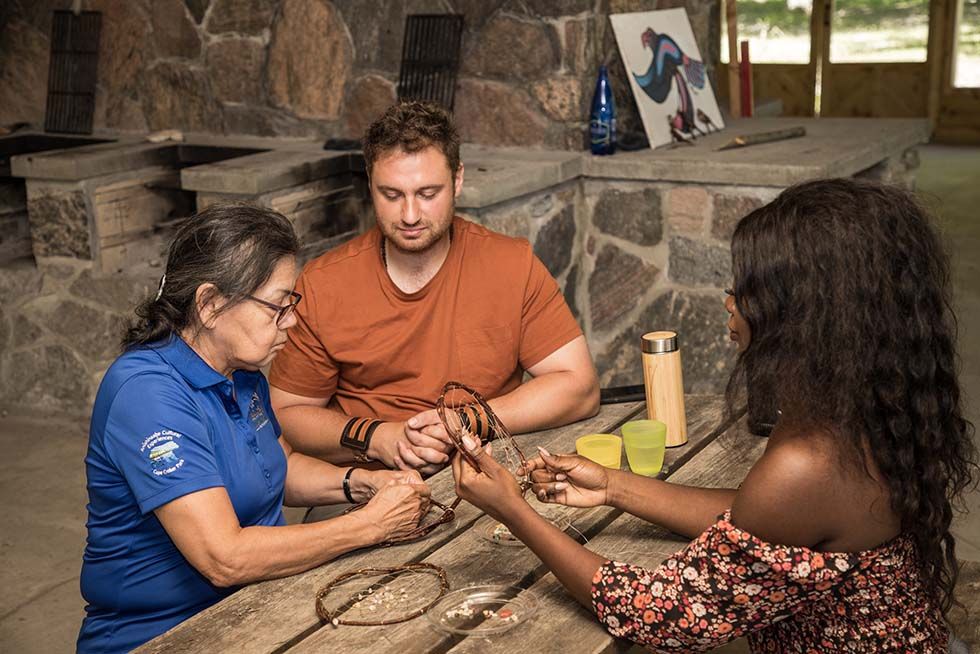
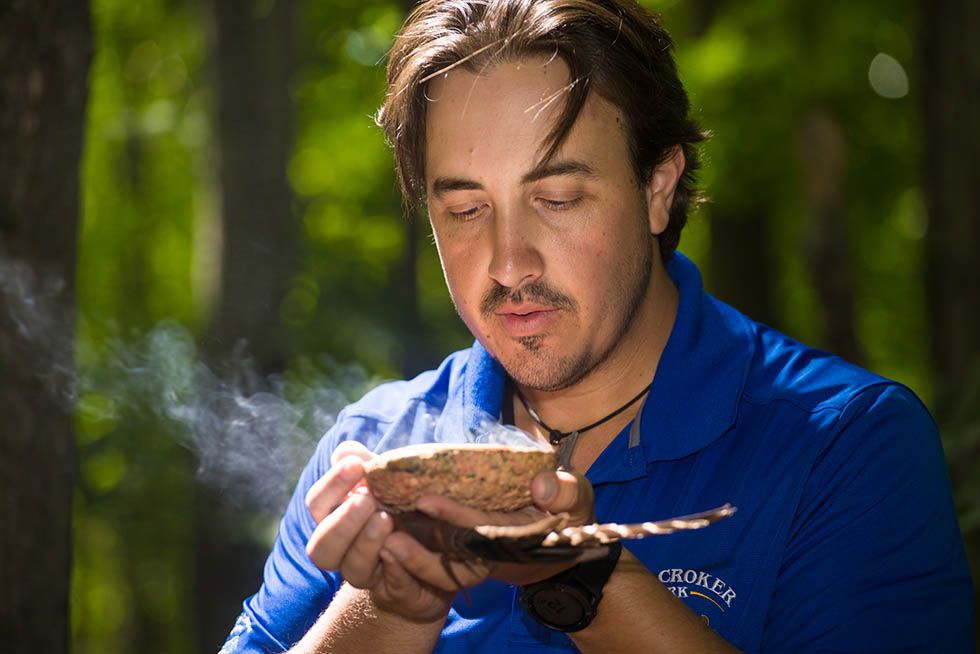
Cape Croker Park is unique in the province for its programming, which is evolving and expanding rapidly. It includes a small cultural interpretive centre, boardwalk and lookout points with covered sitting areas, and a new cultural programs pavilion is in the works. Around four fire pits, the park hosts storytelling nights complete with bannock and tea. Ziibaakdakaan (the Ojibwe word for “sugarbush”) and an award-winning maple syrup operation is is up and running and open to the public, and after significant delays thanks to the pandemic, this spring the park is expecting delivery of a 29-foot canoe for taking guests out on the water.
“There’s a lot of teachings that go along with the water, and a lot of life in the water, so being able to see things going up the bluff as close to a bird’s eye view as we can get, I’m so excited about that,” says Johnston. “We want people to be welcome, to come, and to learn—that’s what tourism is. I call it a bridge to our culture.”
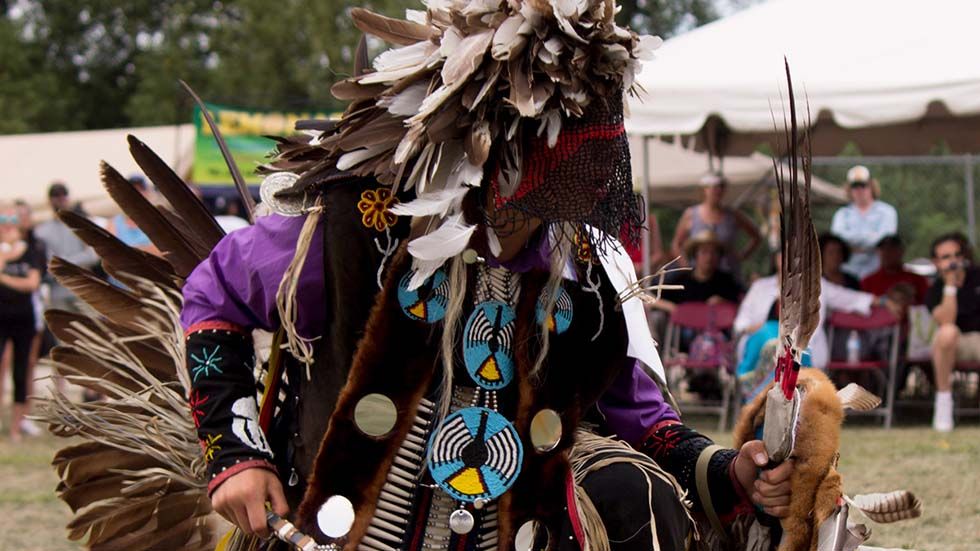
Anishinaabe jingle dress, is elaborate and musical unto itself. Visitors are invited not just to watch but to be part of the experience. Pow-wow is a proud display of Indigenous culture though, interestingly, isn’t a traditional celebration.
“Pow-wows didn’t exist before Europeans [arrived] but were added because a lot of our culture practices, like potlatches, were banned. So, pow-wows became very prevalent, and are an example of how cultures are allowed to change,” explains Johnston. “There’s a big demand for ‘authentic’ Indigenous tourism. I put ‘authentic’ in quotation marks because it’s constantly being redefined by individuals, communities, and businesses to help tourists get past pre-conceived ideas. For a long while the expectation was head dress, loin cloth, bows-and-arrows—and those things have an important part to play in our history, but nobody is running around with those things anymore.”
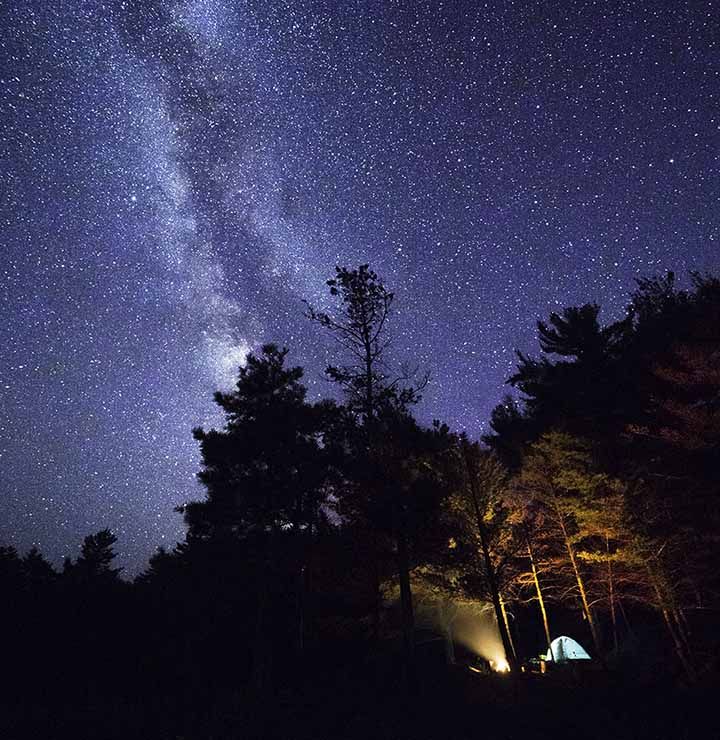
Sharing all the stories and the facts—the good and the bad—about post-settlement Canada is vital in understanding the history, and Indigenous tourism is also a way for a community to address and mitigate any negative biases by showcasing its culture, history, and language without restraint.
“People can get uncomfortable, even angry about what they’re told, because learning can be uncomfortable. My experience with tourism is that I like when people ask questions. Even if it’s aspects I don’t have a ton of experience with, I like to guide them to answer their questions further,” says Johnston. “What’s important to know is that while there’s certainly some overlapping values and teachings across Indigenous cultures across the country, we’re not all the same. If someone goes to a pow-wow and says to an Indigenous person ‘tell me about residential schools,’ well, it’s not up to them to teach that. Tourism is a way for people to learn, but everybody has their own level of comfort about what they want to talk about. Whereas if you go to a community that has had a residential school and now has shifted to Indigenous tourism, like Tk’emlúps te Secwe̓pemc in Kamloops, they’re ready to share that knowledge and experience from their perspective.”
The bottom line is that with more people than ever open to and curious about Indigenous culture and wanting authentic experiences, relationships between Indigenous and non-Indigenous communities are being bettered because they aren’t built on wrong ideas. The result of such reparation also means more jobs and dollars—for everyone. In 2019 Indigenous tourism contributed almost two billion dollars revenue to Canada’s gross domestic product, and it was the fastest-growing sector in Canadian tourism. Around Southern Georgian Bay, an increasing variety and depth in Indigenous tourism experiences reflect that momentum.
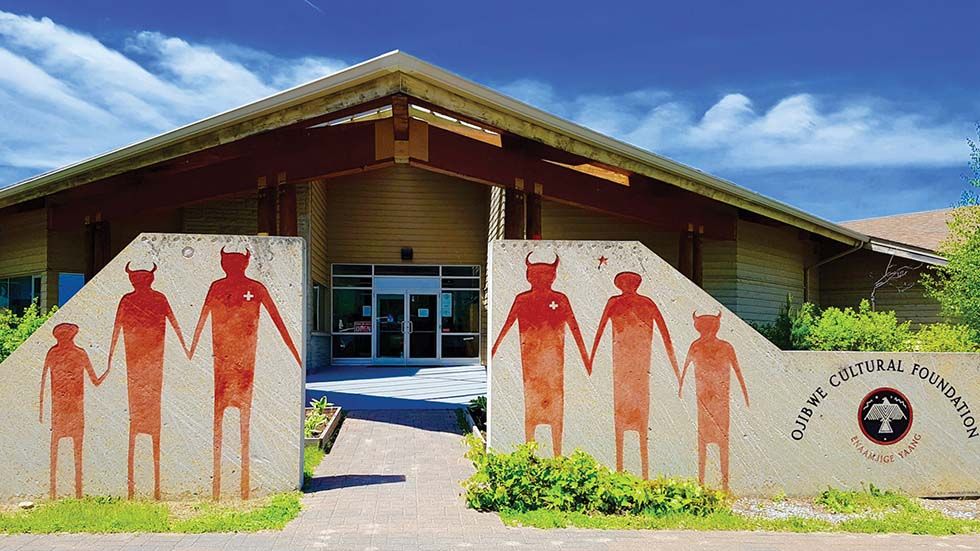
In Owen Sound, tourists on the Walking Together Tour, launched in 2019, visit five locations denoted by eye-catching metal sculptures that are important Indigenous historical locations, including the summer fishing grounds of an ancient Nawash village (in what’s now known as the Brooke area), ancestral burial grounds, and two stops at Kelso Beach Park at Nawash Park. There, Owen Sound city council has also recently approved plans for significant upgrades, including the construction of the Gitche Namewikwedong Reconciliation Garden. At the historic Owen Sound Farmer’s Market, Chef Zach Keeshig’s pop-up dinner series Naagan has been going strong for more than eight years, featuring a seasonal multi-course menu of Aboriginal cuisine using ingredients that Keeshig forages for—sometimes with guests, during the dinner—or sources locally.
Closer to Collingwood, the current site of Scenic Caves Nature Adventures was once the village of Ekarenniondi, home to the Petun First Nations people. (Before 1616, it’s thought that as many as 8,000 Indigenous people lived in nine villages along the Escarpment.) There, Ekarenniondi Rock one of the most imposing features on the trails; the Wendat people believed it marked the path to the afterlife.
The first primary source of the rock’s story was found in the 1636 writings of Jean Brébeuf, a Jesuit missionary. The Jesuit’s contributions to the widely told European interpretation of Southern Georgian Bay’s Indigenous history has been shared for more than 50 years at Huronia Parks, which includes Sainte-Marie among the Hurons (with focus on the Wendat people) and Discovery Harbour, closer to Penetanguishine (a Métis perspective). Candice Moreau, Manager of Marketing and Visitor Services for Huronia Historical Parks, says that the experience at Huronia Parks today is very different than the 1970s and 1980s when the focus was more on the archaeology of the site.
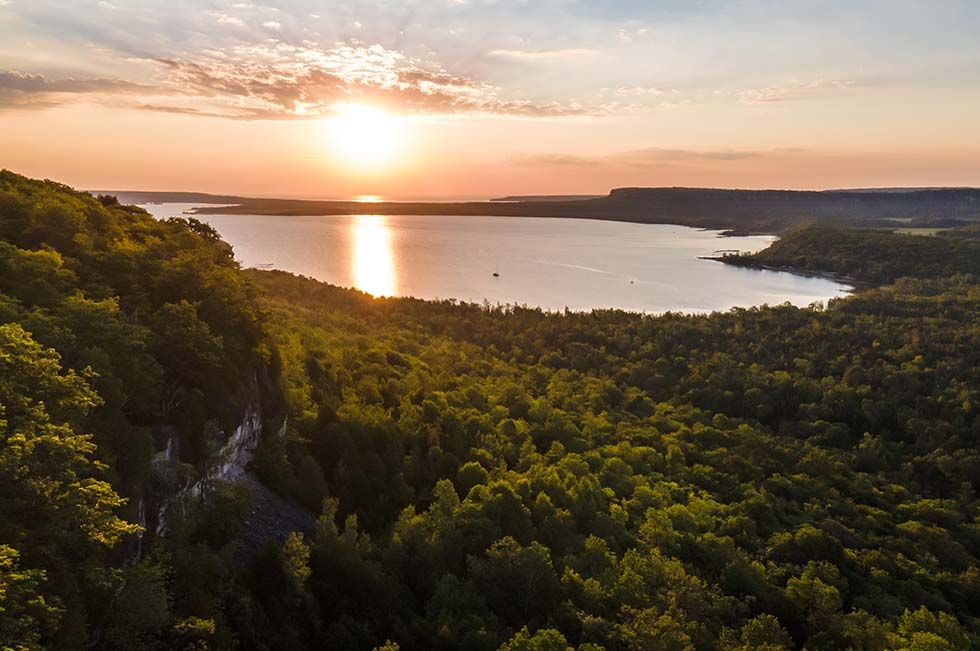
“We’ve always tried to tell the Indigenous as well as the European perspective, but as we move into the more modern times of truth and reconciliation, we have migrated our programs to back our mandate to support community relations and community groups, especially our Indigenous partners. We keep building a capacity for this learning. Indigenous Heritage Specialists within our program department are bringing a new perspective, and we are just tipping the iceberg in building those programs.”
The parks have educational programming year-round that focuses on the Indigenous perspective from the historic past. At Sainte-Marie among the Hurons, a long house storytelling experience is part of the Discoveries After Dark evening events, and canoe building and Indigenous artisan craft making part of the Adventures in Time Travel series. On June 21, National Indigenous Peoples Day, the park celebrates Indigenous achievements, artistic talents, and culture with dancers, drummers, and artisans on site to provide the opportunity for storytelling and learning. Instead of closing on September 30 for Truth and Reconciliation Day, it stays open as an educational facility. On that day, says Moreau, “We don’t focus on the historic story that we tell on a daily basis, we focus on building empathy through understanding. We have a sacred fire; Indigenous interpreters speak about truth and reconciliation and relate it to the historic past. A women’s drumming group comes, and it’s a really important way for us to be introspective on the historic site.”
Such change is critical. For a very long time the widely-shared Indigenous history was Euro-centric—not shared from an Indigenous perspective. Now that how visitors learn and from whom they learn from is shifting, some experiences local tourists may have ticked off their bucket list have a whole new slant—a refreshed element of novelty.
The idea in sharing these stories is not to turn back the clock, but to define a more inclusive future. “To resurrect former times and to relive them would end the fulfilment of visions and growth in the new order,” wrote Basil Johnston, educator, linguist and foremost scholar of Anishinaabe life. Additionally, he is writer and co-author of 22 books who was honoured with numerous awards including the Order of Canada in addition to Honorary Doctorates from several universities. Oh, and Jason Johnston’s grandfather.
Up on Cape Croker, Johnston says, “Many visitors leave telling us that they’d never heard that story, and that they need to know about this. For us, this is what we have left. We want our stories to endure and for people to be respectful of it.”
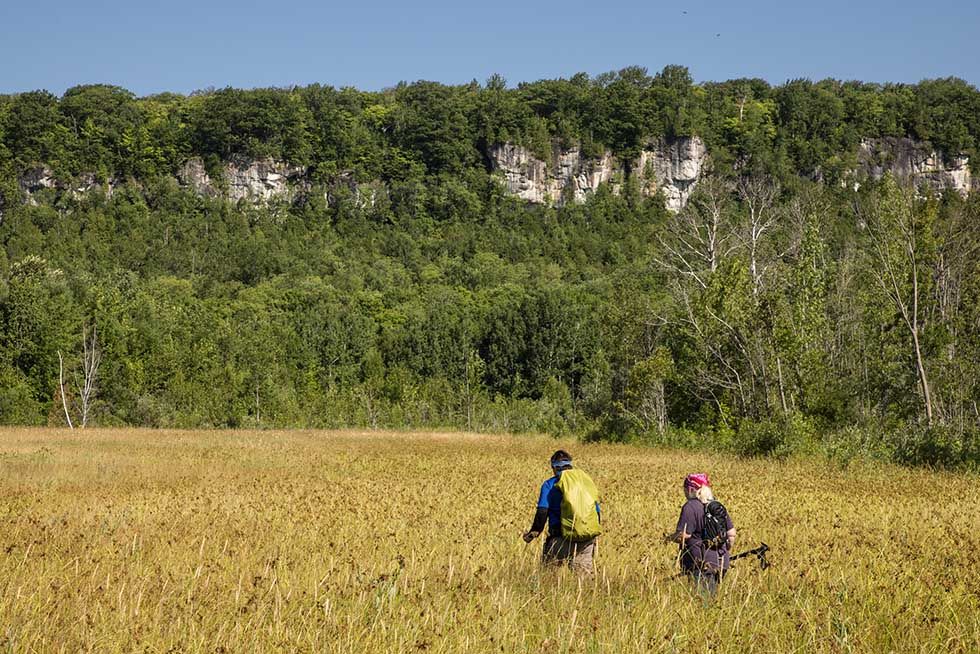
Curious about Indigenous Tourism? The Original Original is a new brand mark for helping people better identify and book experiences from Indigenous-owned tourism businesses across Canada. The mark identifies that businesses have been vetted by ITAC including four key criteria: the business is at least 51 per cent Indigenous-owned, it’s a business that embraces the values of Indigenous tourism, it offers a market or export-ready experience, and is an ITAC member.
https://destinationindigenous.ca/blog/the-original-original/

